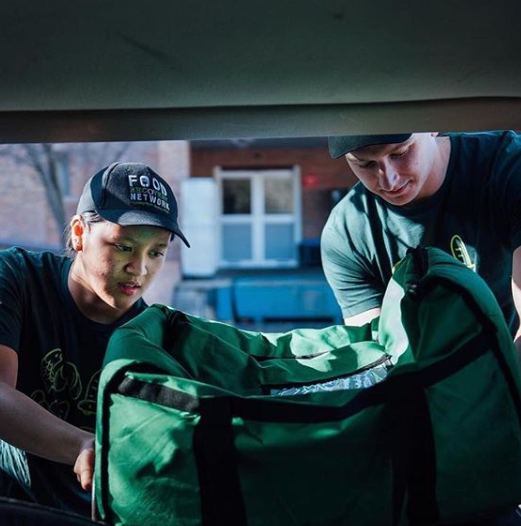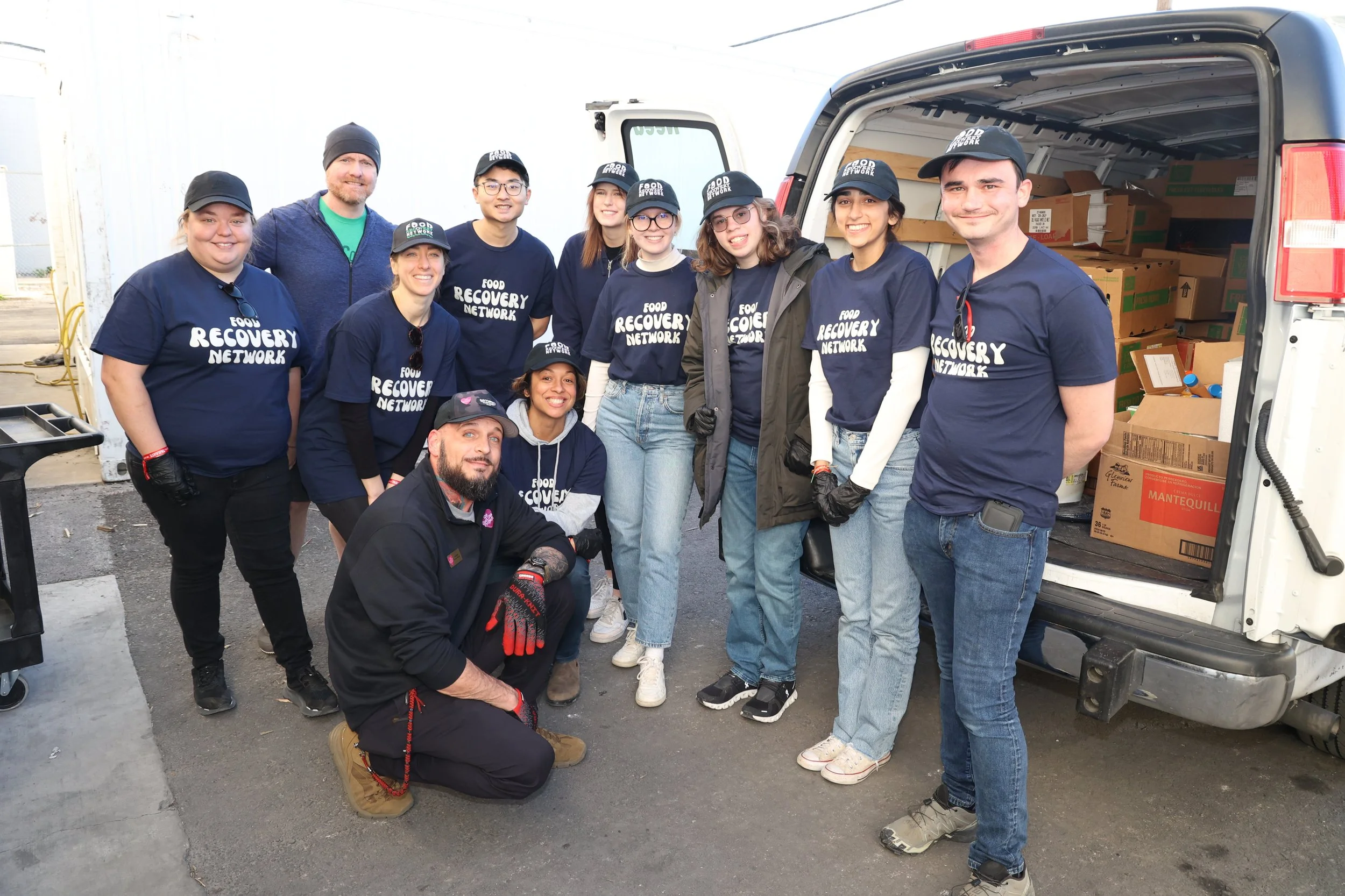This feature, "Food Recovery Network raises waste awareness," was written by Elizabeth Clay. The post originally appeared on The Knox Student.
The best way to get students to stop wasting food is to show them exactly how much they are wasting. For the second year in a row, Food Recovery Network, a student organization whose goal is to rescue food waste, held the Weigh the Waste Campaign. This year, there have been several changes and improvements, including taking better stats and having more volunteers participating, to the Weigh the Waste campaign.
“It’s about raising awareness of food waste on campus, specifically post-consumer. So all of the food that we take onto our plates and don’t eat,” said Vice-President sophomore Meryl Davis. “It’s also supposed to show that we can do something about one of the issues on campus. I feel like there are a lot of problems that we feel like we can’t do much about, but this is something that’s in our hands.”
Though the organization is only in its third term at Knox, they have already done much to raise awareness about food waste, both on campus and in the community. Not only do they weigh the food thrown away in the caf during the campaign, they also donate food that would otherwise go to compost.
Though Knox has made strides in sustainability in the past few years, and has a composting machine, it is still best for that food to not be wasted in the first place. It is far more sustainable for those hundreds of pounds of food to help feed the community, rather than be turned into fertilizer.
“Monday through Friday, we rescue food from the Caf that hasn’t gone onto the line yet, so food that we haven’t seen, and that’s anywhere between 100-250 pounds of food daily. We pack it up and take it to our partners, which are the Galesburg Rescue Mission, Safe Harbor domestic violence shelter and Moon Tower subsidized housing apartments,” Davis said. The club has been doing this five days a week for three terms now, and has saved over 11,000 pounds of food in the last two terms.
In this year’s on-campus waste campaign, Executive Chef Jason Crouch asked them to record menus and see what is thrown away more often. This may or may not affect what kind of food Bon Apptit serves, but it will definitely help them gauge how much they should cook, so less food goes to waste.
This year, they collected over 300 pounds of food waste from students scraping their plates in the Caf.
“I think it’s probably about the same as last year, maybe a bit more,” said Davis. “The goal is not to guilt people, but to make them think about the fact that we have this excess of food that can be controlled.”
Last year, four members went to Maryland to the National Food Recovery Dialogue, and came back inspired to implement what they learned. To implement their findings, they had a more detailed record sheet and counted how many pounds were thrown away every half hour. They also made a push to get volunteers from outside the club and asked faculty and staff to help as well.
The only problem with this year’s campaign was the comment board, which eventually had to be taken down. Initially, they had a tally for students to discuss why they threw away their food, with reasons such as “I didn’t like the food,” “I took too much of the food” and “The food was really dry.” Other comments included wanting more halal options, hair being found in the food and that flies were a problem. Along with these comments, there were many inappropriate ones that didn’t even pertain to the food, which caused the board to be taken down.
After only one active year, the news of the program had already spread to many incoming freshmen. There has been much more positivity surrounding the campaign this year, as well as more things than just the weight of the waste being measured. Through their efforts, these students have saved thousands of pounds of food, to be repurposed as compost, or to be distributed in the greater community, and they don’t plan to stop any time soon.
Follow Knox College FRN on facebook.






